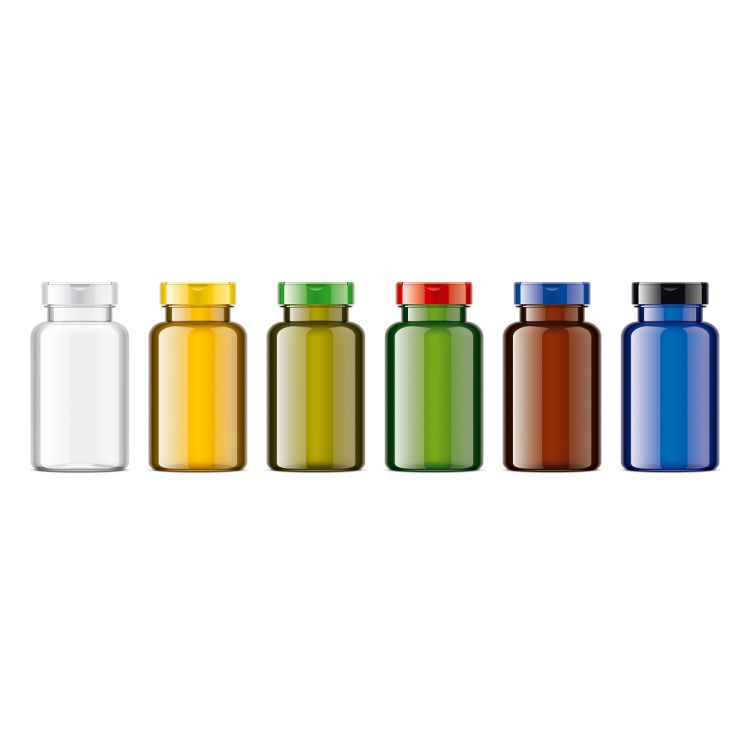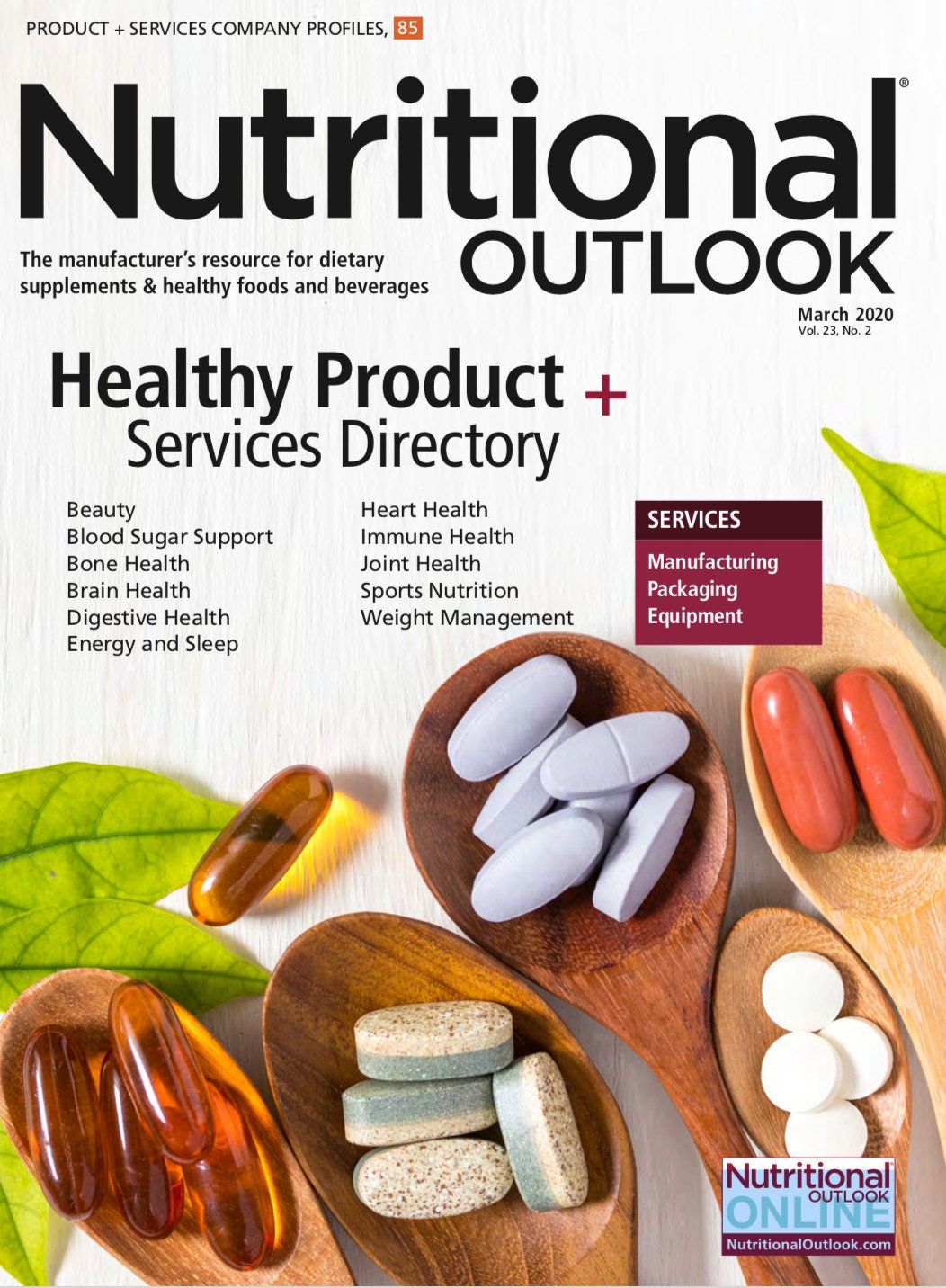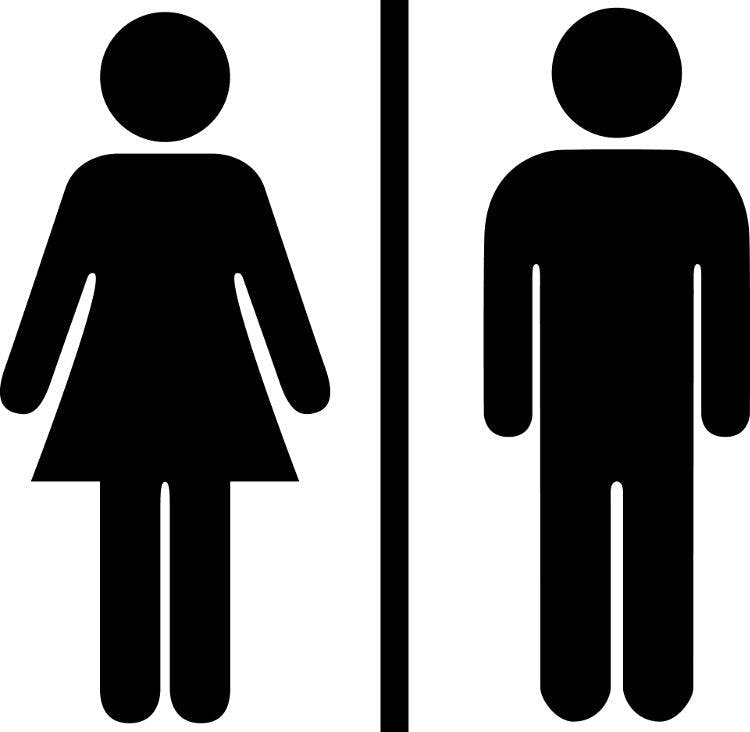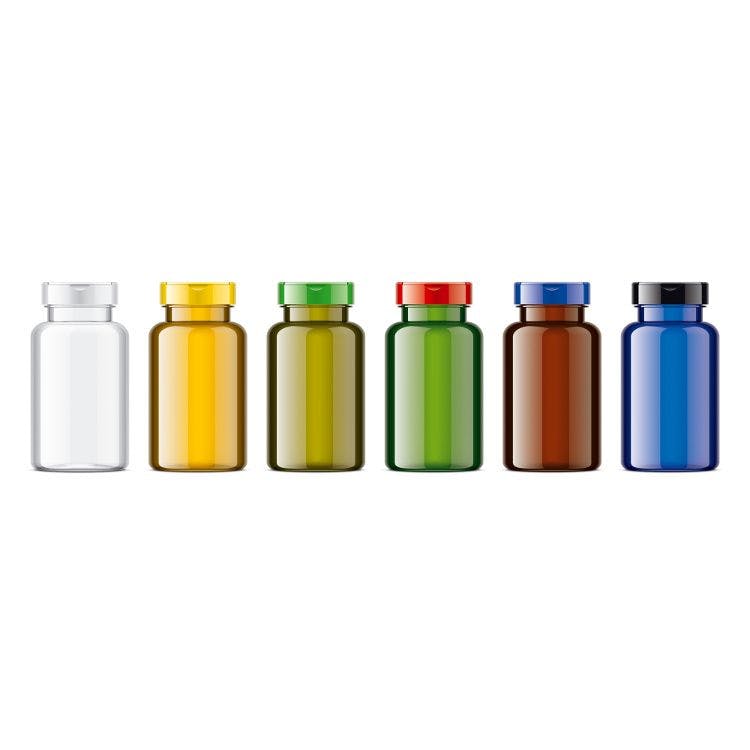Natural product packaging: Finding a balance between presentation and sustainability
Packaging is immensely important for branding; therefore, a compromise will always exist between early adoption of eco-friendly packaging and aesthetics.
Photo credit © Master24 - Stock.adobe.com

Presentation is everything when one considers how crowded the natural products marketplace is. Brands have to stand out both on the shelves, and on a screen as someone scrolls on their computer, tablet, or smart phone. Therefore, the kind of packaging and the labels one uses is important to engage with consumers and communicate one’s values.
“There is a consistent trend across all product segments to use packaging and labeling to differentiate their brand and encourage consumer trial,” says Marny Bielefeldt, vice president of marketing for packaging supplier Alpha Packaging (St. Louis, MO). This looks different across product categories, she explains. “Nutritional supplements often do it through colored bottles or unique shapes that allow them to stand out on crowded shelves. Cosmetic companies are doing it through dramatic decorating techniques such as Eco-Frost spray frost or direct screen printing on clear or colored bottles. Food and beverage companies are embracing disruptive packaging shapes and materials-such as clear PET plastic jars for smaller portions of ice cream and gelato.”
According to Don Earl, president of Overnight Labels Inc. (Deer Park, NY), shrink sleeve labels and flexible film packaging are becoming increasingly popular due to design options and costs. For example, shrink sleeves offer 360-degree graphics for maximum brand impact, while also providing some function, such as creating a light barrier, depending on the materials used.
Flexible film packaging is also great for graphics because they’re printed directly on the film. They also offer a number of other solutions. “The advantages are lower costs, reduced freight/distribution costs, and lower packaging component inventory requirements,” explains Earl. “It’s typically made from extruded laminated films, which gives the product extended shelf life. It’s traditionally used for single-use sampling of lotions, tablets, and powders, but it’s now used across virtually every product category, incorporating ‘reseal’ (either zipper or re-close labels) capabilities for multi-use packaging.”
Flexible resealable packaging taps into the need for convenience that is less wasteful than single-serve bags. Single-use stick packs and sachets also have their place in certain applications, giving consumers convenient, on-the-go options for drink mixes and powdered supplements, for example. The downside is that single-use packaging creates more waste, which some firms are trying to offset with the choice of materials they use. Dietary supplement brand ThinkNOO, for example, has a functional instant coffee product in single-use sachets and is exploring more sustainable options.
“We’re already sampling and trying to roll over to a fully recycled and recyclable single-serve packet,” says ThinkNOO CEO Shannon O’Brien. This does come with its own challenges. “It does come at the expense of potentially looking a little different in terms of aesthetic; however, for fundamental business principles, you do really need to have that engrained in you if you are going down that route,” he adds.
Bielefeldt points out that it’s brands like ThinkNOO that are at the forefront of pushing sustainable packaging because it is more representative of their values. “The proliferation of products with organic ingredients is driving a trend toward more sustainable packaging,” she explains. “Companies that invest in ingredients that are clean and natural want to reinforce that message by choosing packaging that is environmentally responsible.”
However, says Bielefeldt, while emerging brands have led the charge in demanding sustainability and eco-friendly packaging, global consumer packaged goods companies are beginning to answer that call, and because of their resources are really dominating the conversation. “Sustainability has been a buzzword for more than a decade, but now we see brand leaders actually investing in recycled plastics, plant-based resins, and high-end screen printing that all demonstrate a real commitment to the environment,” she explains.
“‘Reduce, reuse, and recycle’ is still a very relevant catchphrase for the easiest ways to make your packaging more sustainable,” continues Bielefeldt. “Brand owners can choose lightweighted packaging that uses less plastic but still protects the product inside. They can incorporate postconsumer resin collected in community recycling programs in the same bottles and jars they buy now. And they can sell their products in clear bottles and change from pressure-sensitive labeling to eco-friendly direct screen printing to make the packages they sell easier to recycle.”
Of course, there are often limits to the level of sustainability packaging for certain products can achieve. “Even if you are using a PET bottle or recyclable stock, you still may not be able to claim 100% sustainability,” explains Earl. “Are the inks you are printing with produced from limited volatile organic compounds? Are you using an adhesive that cleanly separates during the recycling process? Are you working with a certified Sustainable Green Printing Partnership printer? Although we have seen tremendous innovations over the last few years, we are probably a few years away from packaging that offers the right combination of being fully sustainable, affordable, protective, and can showcase high-end finishes.”
Emerging forms of packaging made from plant-based resins such as polylactic acid (PLA) that are touted as compostable and biodegradable have a lot of potential, but are not well understood by consumers. “These resins-often made from corn or hemp byproducts-will decompose if they are taken to an industrial composting facility and kept in a hot, humid environment for an extended period, but they are not going to decompose or biodegrade in a backyard compost pile,” explains Bielefeldt.
Packaging technology will continue to innovate, opening up the possibilities for sustainable packaging, but adoption is not guaranteed given the limitations of certain options and the cost of more versatile options. More than a receptacle for products, packaging is immensely important for branding; therefore, a compromise will always exist between early adoption of eco-friendly packaging and aesthetics. The adoption of innovative packaging by global CPGs is a bright spot and hopefully inspires innovation of more ubiquitous solutions.


























